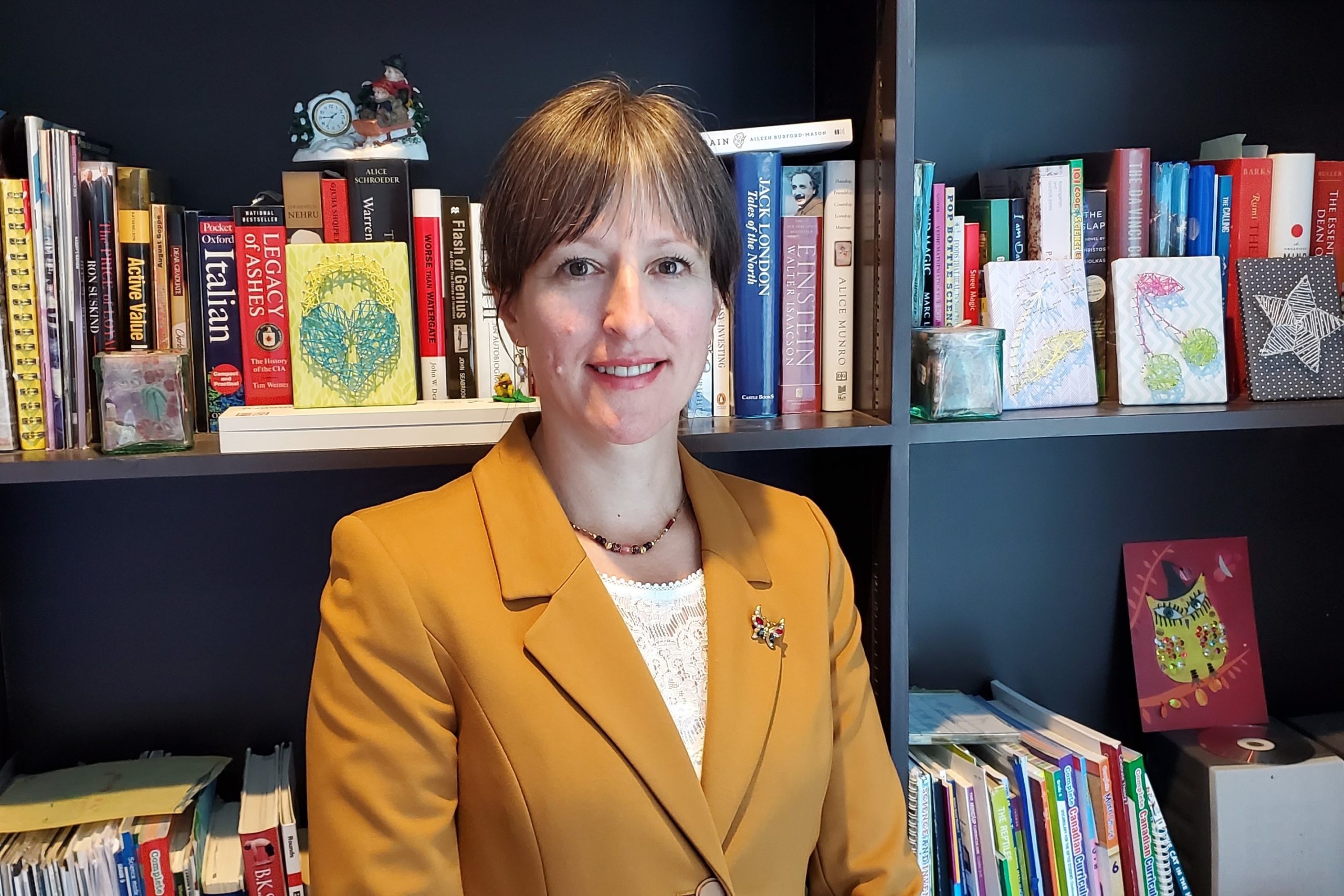
‘Living with COVID-19’ must be more than an empty phrase: Individuals need tools to manage BA.2 and future waves
When Ontario lifted public health protective measures in March, the expectation was that we might see a small but manageable bump in COVID-19 cases. At the same time, Canadians were being told that it was time to learn to “live with COVID.”

The decision to lift the public health protective measures happened while many countries in Africa, Europe and South Asia were going through another Omicron-like surge, caused by one of its subvariants, BA.2. Many of these countries also removed their public health protective measures. In Hong Kong, while the restrictions were being removed, BA.2 hit like a tsunami with massive casualties among people age 60 years and over. China was also dealing with an Omicron BA.2 surge.
In Ontario, authorities had hoped the BA.2 wave would somehow pass by. However, instead of the expected small bump in cases, current predictions are at 100,000 cases per day, which is likely an underestimation due to lack of wider testing. COVID-19 hospitalizations have surpassed 1,000 in Ontario.
Although Ontario is now better prepared to handle higher cases of hospitalization and intensive care admissions, its challenge may now be to handle large absenteeism in health care and other sectors. The recent chaos in British airports and at other borders illustrates the potential impact of BA.2.
The surge of BA.2 cases in Ontario is related not only to the subvariant’s characteristics, but also to the waning of vaccine-induced immune protection against the infection (including in those that had a booster late last year) and, above all, the removal of public health protective measures, such as the mask requirement.
What do we know about the BA.2 subvariant?
BA.2 is believed to have emerged around the same time as the other Omicron variants. The significance of BA.2 became clear with the release of a report from Denmark in late January, indicating that this subvariant is 30 per cent more transmissible than Omicron, but with the same virulence (the potential to cause severe disease).

By early April, the World Health Organization reported that BA.2 was the dominant variant worldwide. A few more Omicron subvariants have already made their debuts, such as BA.1.1, BA.3 BA.5 and BA2+. Cases of recombination among Omicron subvariants and Delta, such as Omicron XE,BA.4 XD and XF, have emerged.
Omicron XE is getting a lot of attention, as its transmissibility is 10 per cent greater than that of BA.2 (or approximately 50 per cent more transmissible than the original Omicron variant, BA.1). It was first detected on Jan. 19 in the United Kingdom.
Research awaiting peer review indicates that re-infection by BA.2 is low. However, in those who are re-infected with BA.2, one in four had a prior BA.1 infection. The emergence of variants such as Omicron XE, which results from recombination of the genomes of Omicron BA.1 and BA.2 in addition to new mutations, suggests that wide circulation of BA.2 among BA.1 impacted populations can significantly contribute to the evolution of SARS-CoV-2. The BA.4 subvariant is the result of recombination between Omicron BA.1 and BA.3.
Reports that have not yet been peer-reviewed indicate that BA.2 has a slightly higher (30 per cent) immune evasion capability (ability to bypass immunity from vaccines or previous infections) and higher viral shedding (release of virus particles by an infected person) than Omicron. These factors could explain its higher transmissibility than Omicron, while the severity and symptoms remain similar to Omicron.
What does it mean to ‘live with COVID-19?’
Two years into the pandemic, there’s a lot that experts have learned about SARS-CoV-2. However, humans keep enabling its circulation, giving the virus the chance to evolve. We are not in a position to predict the future of this pandemic, just yet.
Since the beginning of the pandemic, the public was asked to listen to the advice of experts and public health officials. Now the public is being told to learn to live with COVID-19. At the same time, testing has become limited and little to no information on daily COVID-19 cases is now provided in some parts of Canada. So, any chance for the public to check the COVID “weather,” get a forecast and prepare for it is diminished. We are now living in a COVID fog.
In the summer of 2020, as Ontario was contemplating lifting lockdowns, public health experts looked for key indicators to sustain such measures. A three per cent positivity rate was considered to be a sufficiently safe community transmission rate to remove the public health protective measures. We are in a better position now with around 86 per cent vaccine coverage among those over five years old, and many people have grown accustomed to face masks, so it’s likely that we can handle a higher positivity rate. The question is, how much higher?
The answer would be a useful indicator for the public to make COVID-19 protection choices. This is not about living with a zero-COVID policy. It is about empowering the public with up-to-date information and providing the right tools to weather a COVID-19 storm. Individuals cannot protect themselves on their own, nor should they have to.
We do have vaccines, but their protection against infection wanes with time. In addition, it does not seem like we can boost our way out of this pandemic. We have the antiviral medications, such as Paxlovid, but they need to be administered in the early days of an infection. But without testing, how would one know when to take it?
In addition, distribution and administration of this medication has hit a wall in Canada. We have the masks that work very well, but the empty phrase “living with the virus” has muddled the significance of this simple, and yet protective, measure.
Instead of minimizing or dismissing this new wave of COVID-19, as well as future waves, we need for strategies to deal with new COVID-19 waves in an efficient way. The U.S. Food and Drug Administration recently held a meeting to brainstorm new ways to provide sustainable immune protection in the face of an ever-changing SARS-CoV-2 virus. Canada should follow suit.
Governments should follow the science and provide the means to live with virus: information about the emergence of new variants, number of daily cases, access to testing and solutions for longer-lasting immune protection with different vaccine technologies. Then we can all live a healthy life with COVID-19.
Dasantila Golemi-Kotra, Professor, Biology, York University, Canada
From The Conversation Canada






